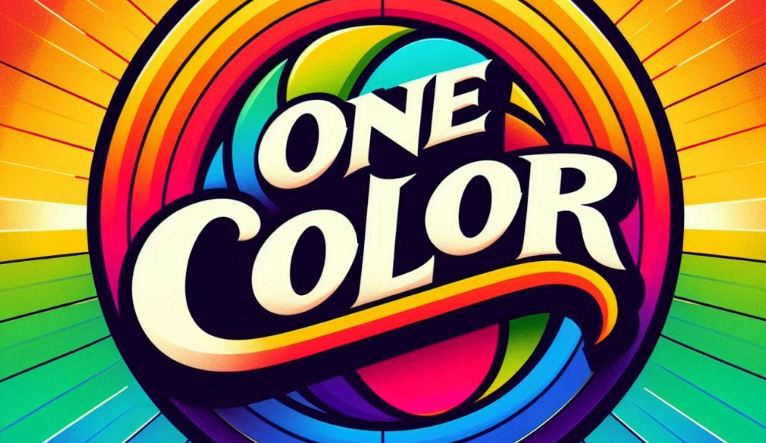Imagine a world where everything is just one color. Pretty wild, right? This thought experiment raises a ton of questions about how we see the world and how color affects our lives.
How Would Our Lives Change if There Was Only One Color?
First, let’s talk about the most obvious concern: boredom. Color adds variety to our lives, and without it, everything might seem dull and monotonous. Think about how much color influences your mood. A blue sky can make you feel calm, while a red sunset can make you feel warm and energized. If everything was just one color, those emotional cues would disappear.
Visual Experience: Everything from TV shows to nature walks would be less vibrant. Imagine watching your favorite movie, but it’s all in shades of one color. It wouldn’t be the same, would it?
Fashion and Personal Expression: Our clothes, makeup, and even hair color are ways we express ourselves. A world with only one color would severely limit our ability to showcase our personalities. Your favorite black dress, that bright red lipstick, or those cool blue jeans? All gone.
What Color Would It Be?
Choosing the one color that everything would be is a tricky question. Each color has its own unique effects on our psyche and behavior.
Blue: Often associated with calm and tranquility, but too much of it could make the world feel cold and distant.
Red: Represents passion and energy, but living in a red-tinted world could feel intense and overwhelming.
Green: Signifies nature and growth, which might be soothing, but it could also become monotonous over time.
How Would This Affect Our Health?
Color doesn’t just impact our emotions; it can also affect our physical health.
Mental Health: Color therapy is a real thing. Different colors are used to treat various mental health issues. Without the variety of colors, we’d lose an important tool for emotional and mental well-being.
Physical Health: Some studies suggest that certain colors can influence blood pressure, metabolism, and even our ability to heal. For example, blue is thought to reduce stress, while red can increase energy levels. A monochromatic world might alter these effects.
Could We Adapt to a One-Color World?
Humans are incredibly adaptable, but a world with only one color would push our adaptability to new limits.
Learning and Development: Colors help us learn and recognize things from a young age. Think about how kids’ books use bright colors to teach about animals, numbers, and letters. Without color variety, learning might become more challenging.
Cultural Impact: Colors hold cultural significance and symbolism. Red for love, white for peace, black for mourning. Losing this would mean losing a big part of our cultural identity and history.
Real-Life Examples
To bring this idea into perspective, let’s look at some real-life examples.
Black-and-White Television: Remember old black-and-white TV shows and movies? While they are classic, there’s a reason color TV became the standard. Color adds depth and realism to our viewing experience.
Color Blindness: People who are colorblind experience a limited range of colors. While they adapt, it also highlights how much the rest of us rely on color for everyday tasks, from reading traffic lights to choosing ripe fruits.
What About Nature?
Nature is one of the most colorful aspects of our world. A one-color world would drastically change how we experience it.
Plants and Animals: The diversity of colors in plants and animals helps them survive. Flowers use color to attract pollinators, while animals use color for camouflage or to signal danger.
Ecosystem Balance: If everything was one color, it could disrupt these natural processes, potentially leading to ecological imbalances.
Personal Story: A Day in Monochrome
Imagine spending just one week in a monochromatic world. I tried an experiment by using a filter to see everything in grayscale. It was a strange experience. I missed the vibrant colors of the garden, choosing outfits was less fun, and even cooking can become odd without the visual cues of food being cooked right. It made me appreciate how much color influences my daily life in ways I didn’t even realize.
In conclusion, a world with only one color would be fundamentally different from the one we know. Colors play a crucial role in our emotional well-being, cultural identity, and even our survival. While it’s fascinating to think about, it’s clear that the variety of colors we experience daily is something we wouldn’t want to live without.






